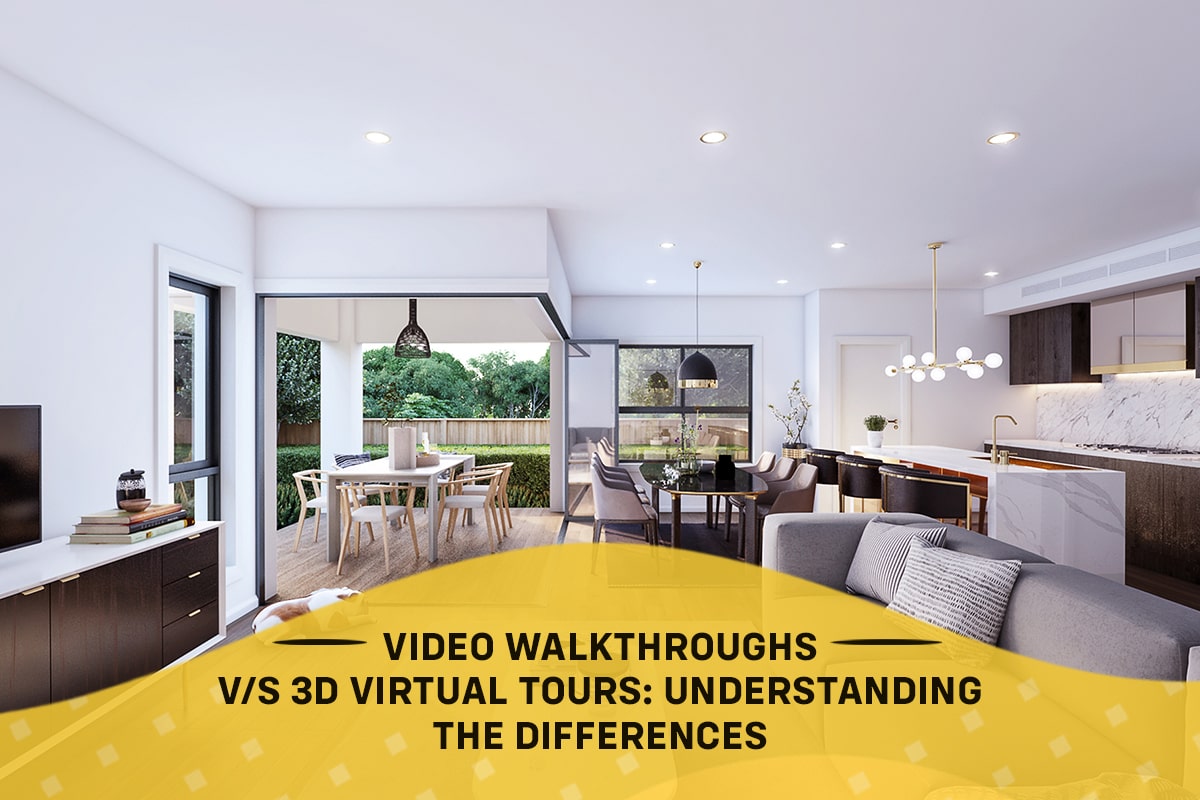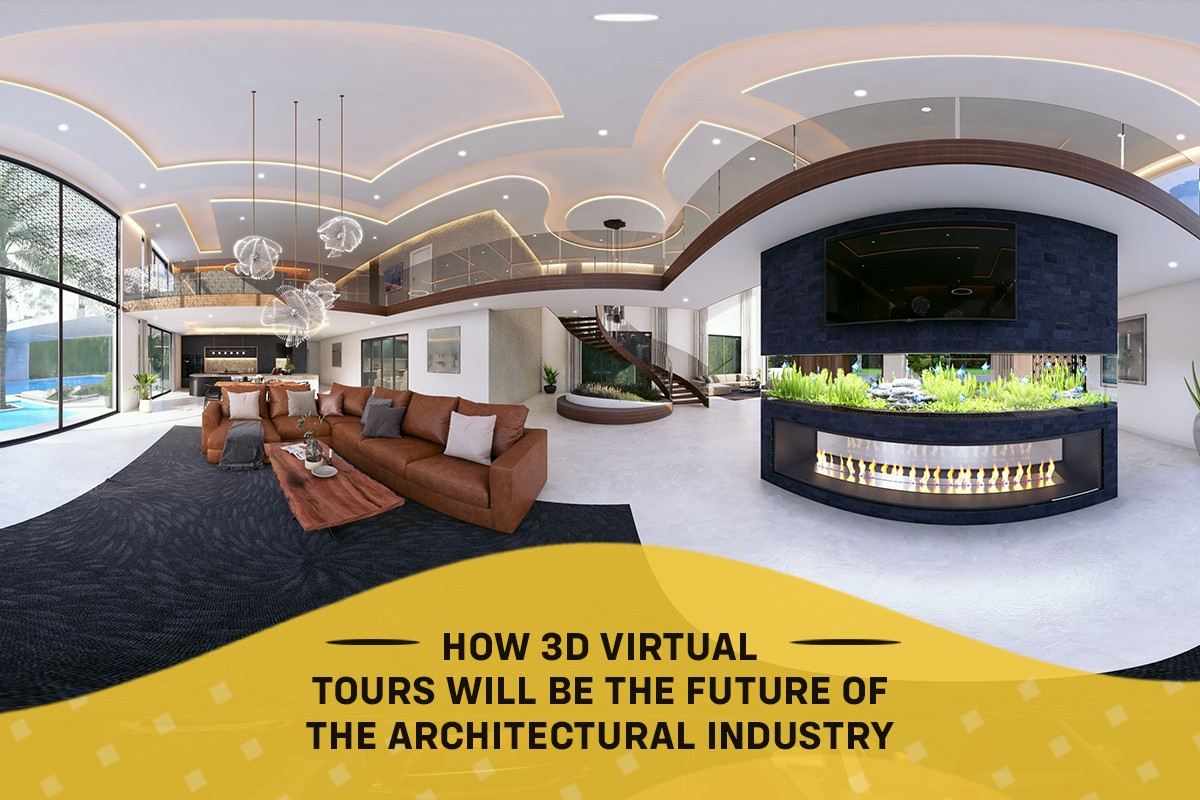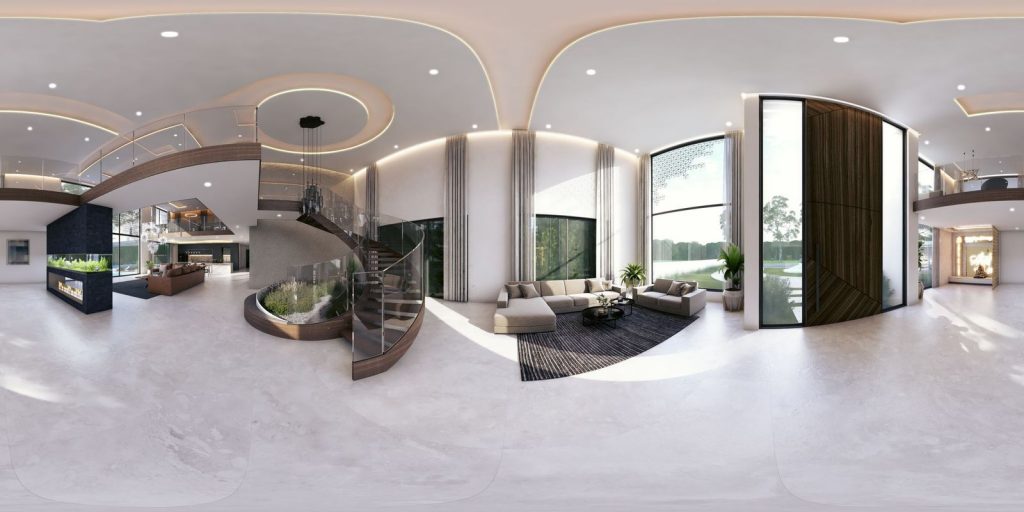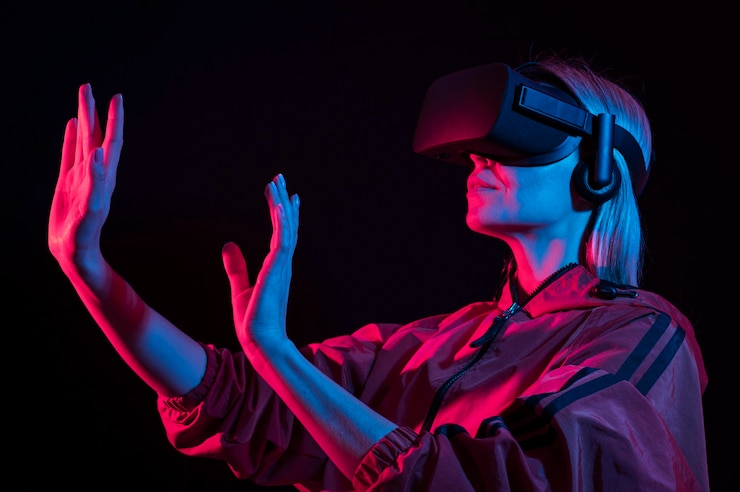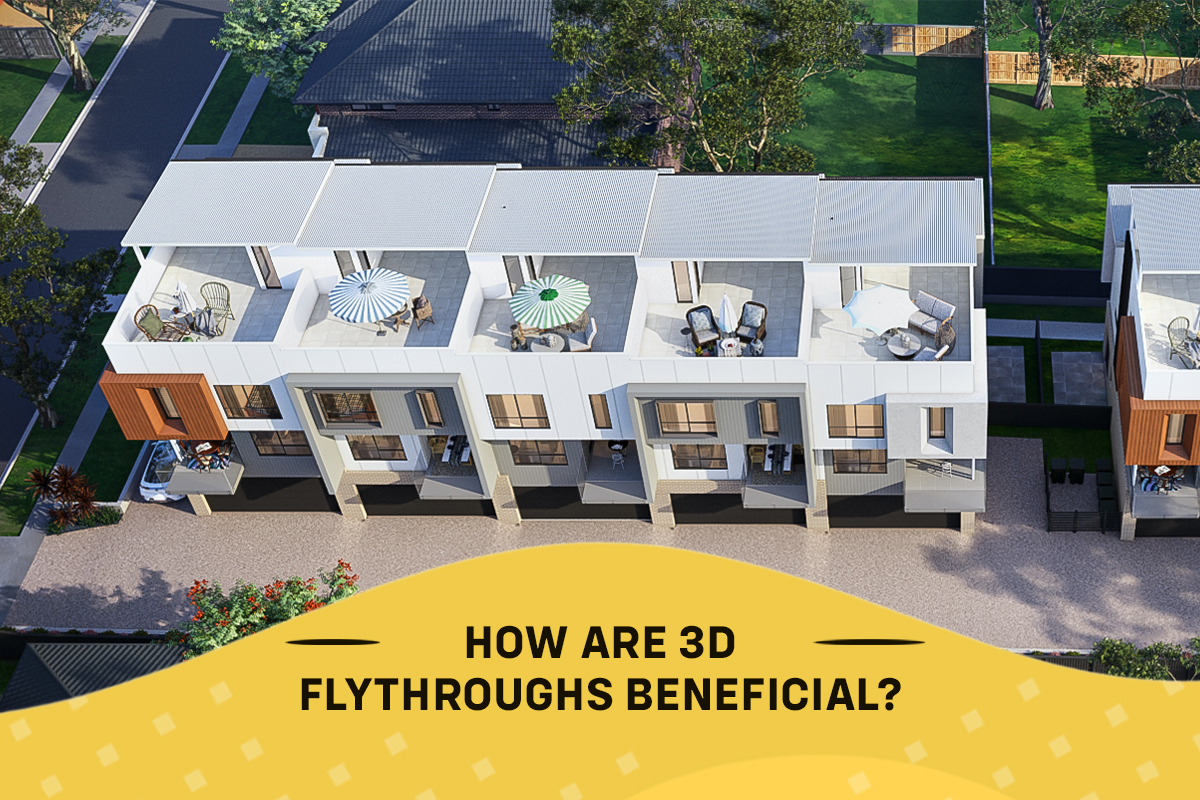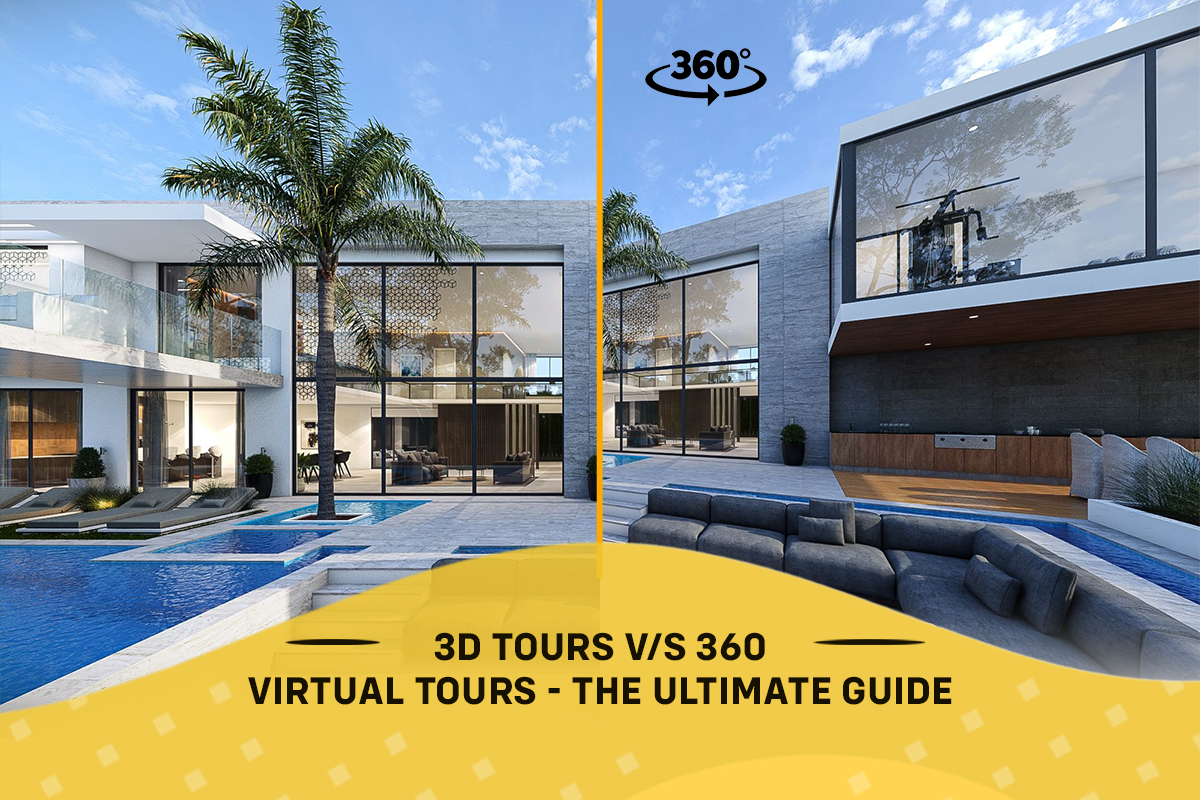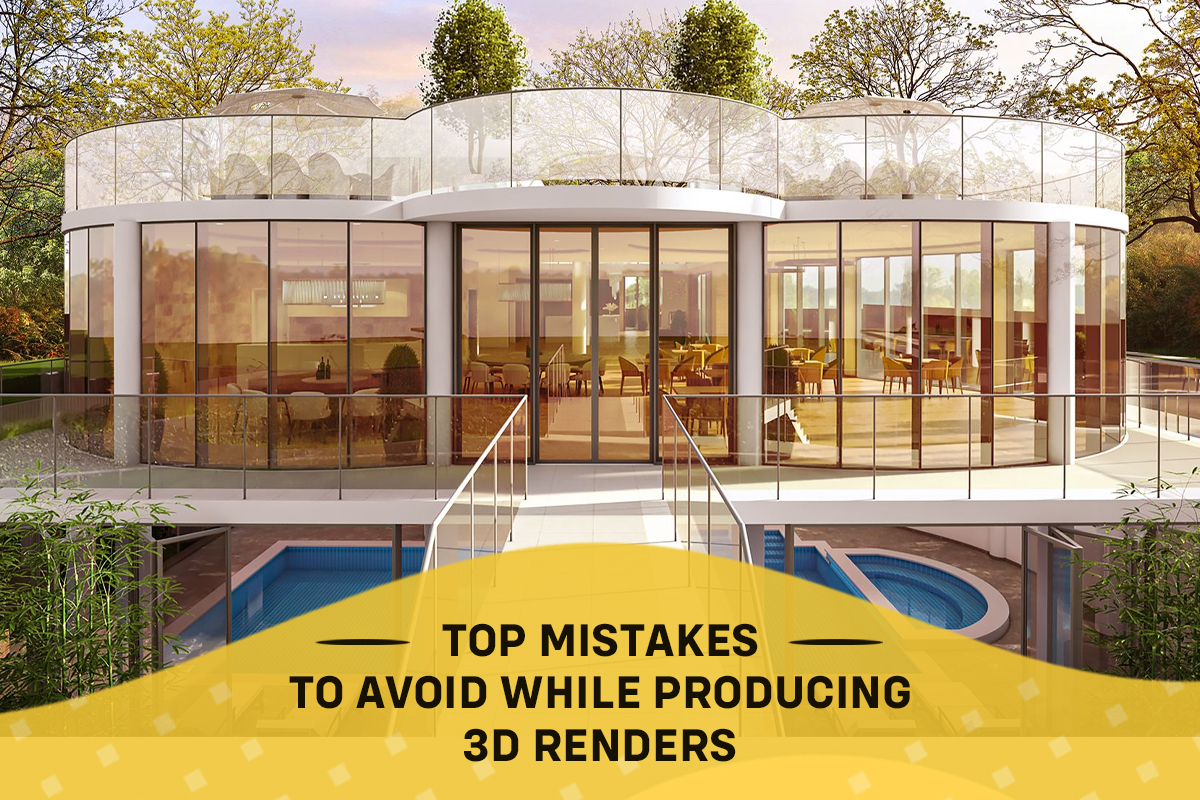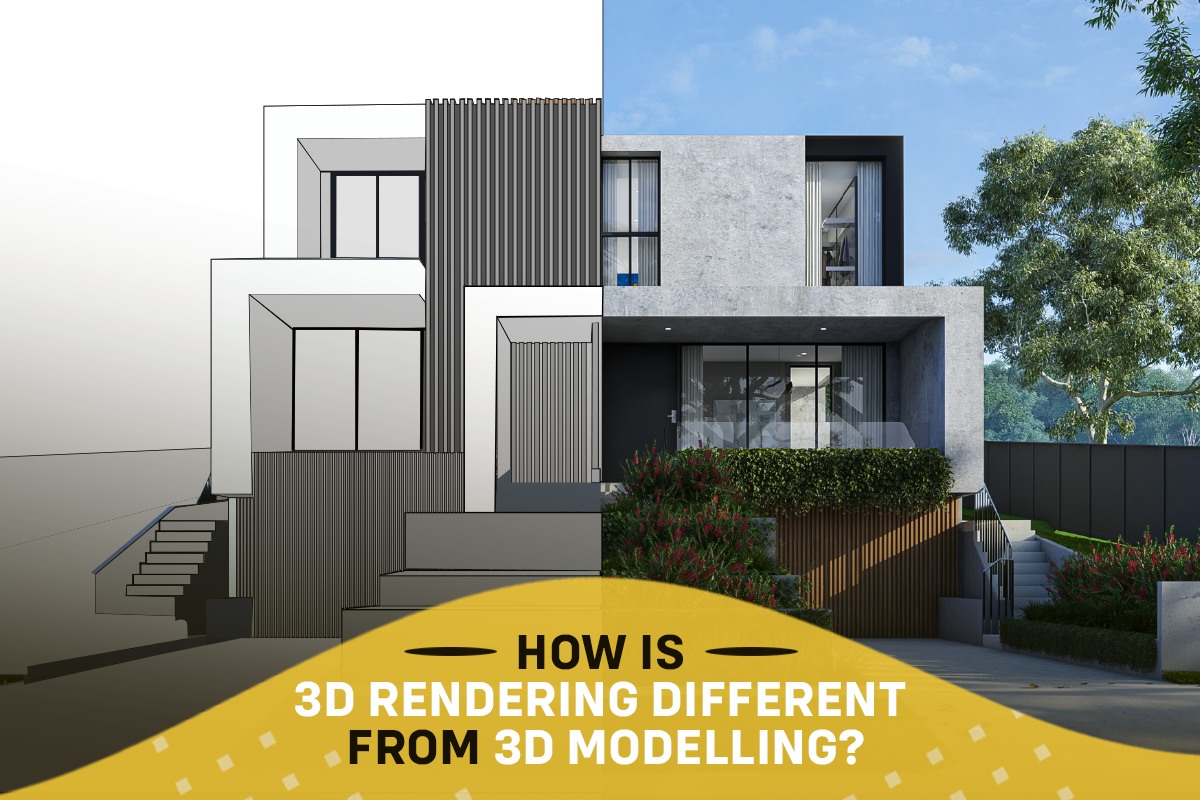Real estate has embraced advanced 3D technology to enhance its selling process and streamline the services for its valuable clients. An alternative to in-person viewing is 3D virtual tours.
That being said, 3D rendering has increased the confusion between video walkthroughs and 3D virtual tours.
Before you decide on which one’s best for you, let’s explore the differences between them.
What Are Video Walkthroughs?
Video walkthroughs are short videos of a property that you can buy from a real estate agency. The seller captures the walkthrough as someone walks from the front of the house and enters it.
The process helps you, the viewer, explore each corner of the house. You’ll get a glimpse of the internal and external layouts through a short video beyond the virtual presentation of the house.
Video walkthroughs require minimal editing and can be easily captured on a mobile phone. The process differs among various properties. Some even incorporate drone footage and advanced editing features.
Benefits of Video Walkthroughs
The benefits of video walkthroughs include:
- Tailored view: Capturing the video helps you present the best space features to the customers.
- Presents your personality: Video walkthroughs help present what you’re all about by offering users the essence of your business values through your video.
- Spreads the word quickly: You can share the walkthrough on video hosting platforms like YouTube to offer better exposure to the masses.
Drawbacks of Video Walkthroughs
The drawbacks of video walkthroughs include:
- Passive content: Passive content means that the clients won’t be able to interact with the video content. It lacks interactive features that engage the audience.
- Background noise: If the video editing is inaccurate, the background noise in the video will hamper the user experience.
What Are 3D Virtual Tours?
3D virtual tours are digital images of an existing space. They present panoramic images sequentially captured with an advanced recording setup. The editing is done according to specific architectural and conceptual designs to create a virtual experience for viewers.
3D virtual tours are interactive, unlike video walkthroughs where clients get a single viewpoint. Users can view the property from various angles, which they can manipulate on a screen.
A flawless 3D model of property highlights the property’s best features and the efficiency of the 3D rendering services offered by real estate firms.
All this being said, you may think 3D rendering is highly technical and expensive. However, recent advancements in the technological world have made this property marketing tool affordable.
Benefits of 3D Virtual Tours
The advantages of 3D virtual tours include:
- Interactive data points: Interaction is the ultimate feature for marking unique details in your property and its interior and exterior spaces. They contain various media such as music, photos, videos, etc.
- Comprehensive view: 3D virtual tours help clients receive insights into the property that they wish to buy. A drone shot of the property offers a bird’s eye view of the exterior space that helps the buyers get a glimpse of the external features.
- Floor plans: 3D virtual tours present the landscape architecture of the property efficiently. The schematic floor plan is directly imported into CAD software, saving you valuable time.
Related: How 3D Virtual Tours Will Be the Future of the Architectural Industry
Drawbacks of 3D Virtual Tours
The pitfalls of virtual tours include:
- Size limits: Each 3D scan captures a significant amount of data. Thus, the limit to every scan hampers the size limits of 3D tours.
- Hosting fees: The cloud-based nature of a virtual tour triggers a hosting fee so they can get hosted on a server. The hosting charges may be expensive depending on the video shoot.
Shared Benefits of Video Walkthroughs and 3D Virtual Tours
Although the outcomes differ, video walkthroughs and 3D virtual tours share similar benefits for a real estate business. These include:
- Enhanced interest in your listings to generate more leads.
- Decreased unwanted viewings by providing insight into the property layout.
- Increased engagement on your listing and more additional click-throughs to your website.
- Easy sharing on social media to broaden the reach of your prospective buyers.
It’s tough to state whether video walkthroughs are better than 3D virtual tours, as both techniques have their benefits and drawbacks.
Related: 3D Tours v/s 360 Virtual Tours – The Ultimate Guide
You can opt for either video walkthroughs or 3D virtual tours based on your business needs. Render Visuals can help you choose the best techniques for your requirements. We have professional experience in 3D rendering services and video walkthroughs.
We specialize in the visual design communication spectrum and help you materialize your project in virtual reality. Our team works with developers, builders, engineers, and architects to provide you with the best quality photo-realistic animations and 3D architectural renderings.
From 3D interior floor plans and kitchen remodeling to 360-degree panoramic views and walkthroughs, we provide efficient architectural services. Visit our website: https://rendervisuals.com.au/ now, and make your imaginative design a reality!

